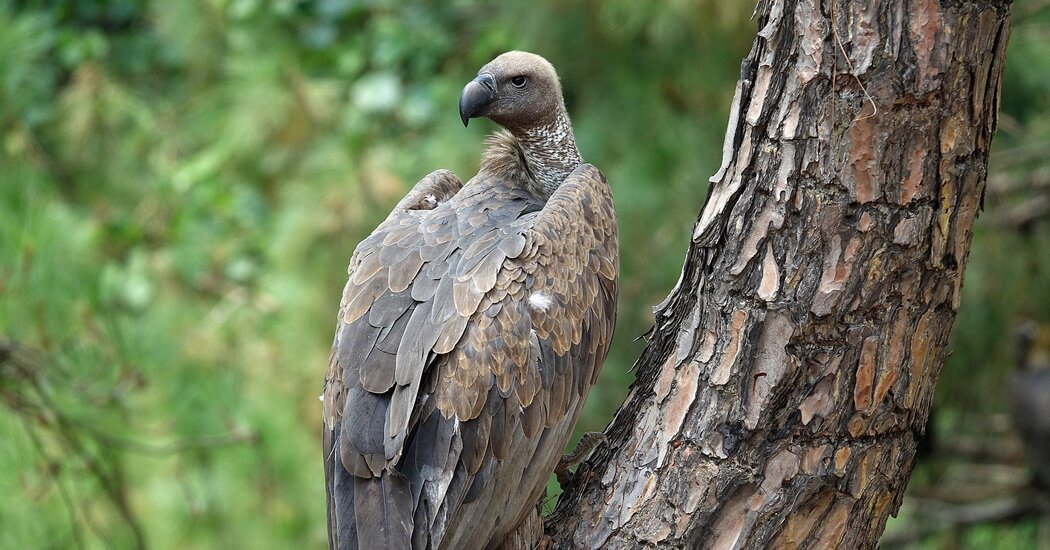The birds were accidentally poisoned in India. New research on what happened next shows how wildlife collapse can be deadly for people.
To say that vultures are underappreciated would be putting it mildly. With their diet of carrion and their featherless heads, the birds are often viewed with disgust. But they have long provided a critical cleaning service by devouring the dead.
Now, economists have put an excruciating figure on just how vital they can be: The sudden near-disappearance of vultures in India about two decades ago led to more than half a million excess human deaths over five years, according to a forthcoming study in the American Economic Review.
Rotting livestock carcasses, no longer picked to the bones by vultures, polluted waterways and fed an increase in feral dogs, which can carry rabies. It was “a really huge negative sanitation shock,” said Anant Sudarshan, one of the study’s authors and an economics professor at the University of Warwick in England.
The findings reveal the unintended consequences that can occur from the collapse of wildlife, especially animals known as keystone species for the outsize roles they play in their ecosystems. Increasingly, economists are seeking to measure such impacts.
A study looking at the United States, for example, has suggested that the loss of ash trees to the invasive emerald ash borer increased deaths related to cardiovascular and respiratory illness. And in Wisconsin, researchers found that the presence of wolves reduced vehicle collisions with deer by about a quarter, creating an economic benefit that was 63 times greater than the cost of wolves killing livestock.
“Biodiversity and ecosystem functioning do matter to human beings,” said Eyal Frank, an economist at the University of Chicago and one of the authors of the new vulture study. “And it’s not always the charismatic and fuzzy species.”
